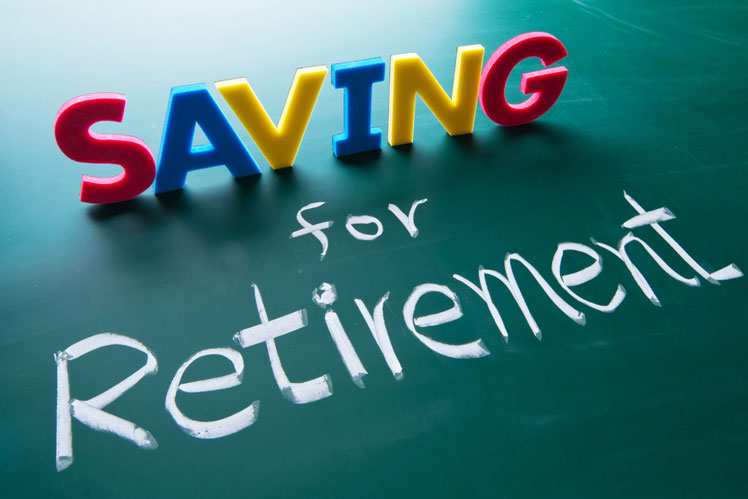
The following are relatively common mistakes that Canadians make annually when contributing to their Registered Retirement Savings Plans.
1. Reporting RRSP contributions based on a calendar year.
While your taxes are based on a calendar year, the reporting of your RRSP contributions extends 60 days into the New Year. Imagine, for RRSP purposes, that you have your own fiscal year that begins in early March or 60 days after January 1. RRSP receipts for the first 60 days of 2020 should be reported on your 2019 income tax return.
2. Leaving excess contributions on the table
It is easy to inadvertently contribute more to your RRSP limit by maximizing the contributions early in the calendar year. On the bottom of your Notice of Assessment in the previous tax year (2018) you will see the amount of unused RRSP contributions. Immediately below that line you will see the maximum amount you can deduct for 2019.
3. Avoiding equities during times of uncertainty
Despite stock markets not having a major downturn in the last 10 years or so Canadians may be still be reluctant to invest in the equity investments. Even locking-in with the present low interest rates with a GIC (Guaranteed Investment Certificate) for your next RRSP contribution, the risk factors for your savings are still potentially exposed.
4. Not knowing what to hold inside and outside an RRSP.
Keeping the above point in mind, there can be a different problem when equity funds are inside your RRSP and you are also holding fixed income securities outside the RRSP. Fixed income securities produce fully-taxable interest income unless they are held in an RRSP.
Capital gains and dividends from equity investments are expected. Each is more favourable than the taxation rate on interest income.
Your RRSP is your self-made pension and managing it correctly by maintaining a balanced mix of assets in your portfolio can produce greater benefits.
View the RRSP as only one component of your overall pension. Tax free savings accounts, RPP (Registered Pension Plan with your employer) and Government Pensions are all important factors to consider.
5. Waiting for the 'perfect time' to start a RRSP plan.
If procrastination was a successful investment strategy, nearly everyone would retire wealthy. Too many people put off investing for any number of reasons.
Consider two people who both make an investment of $45,000 (over several years) into their RRSP with an average annual return of 6 percent. The first investor deposits $1,500 per year into an RRSP starting at age 25 and continues until age 55. The second investor, realizing s/he is running out of time, doubles his/her savings to $3,000 per year beginning at age 40 through 55. When both investors reach age 55, the first person will have accumulated over $118,000 while the second person's RRSP balance will be less than $70,000.
With retirement planning becoming more complex, investors cannot afford to leave money on the table. Contact your financial advisor to find out how to maximize your RRSP investment opportunities.
Copyright © 2020 AdvisorNet Communications Inc. All rights reserved. This article is provided for informational purposes only and is not intended to provide specific financial advice. It is strongly recommended that the reader seek qualified professional advice before making any financial decisions based on anything discussed in this article. This article is not to be copied or republished in any format for any reason without the written permission of the AdvisorNet Communications. The publisher does not guarantee the accuracy of the information and is not liable in any way for any error or omission.